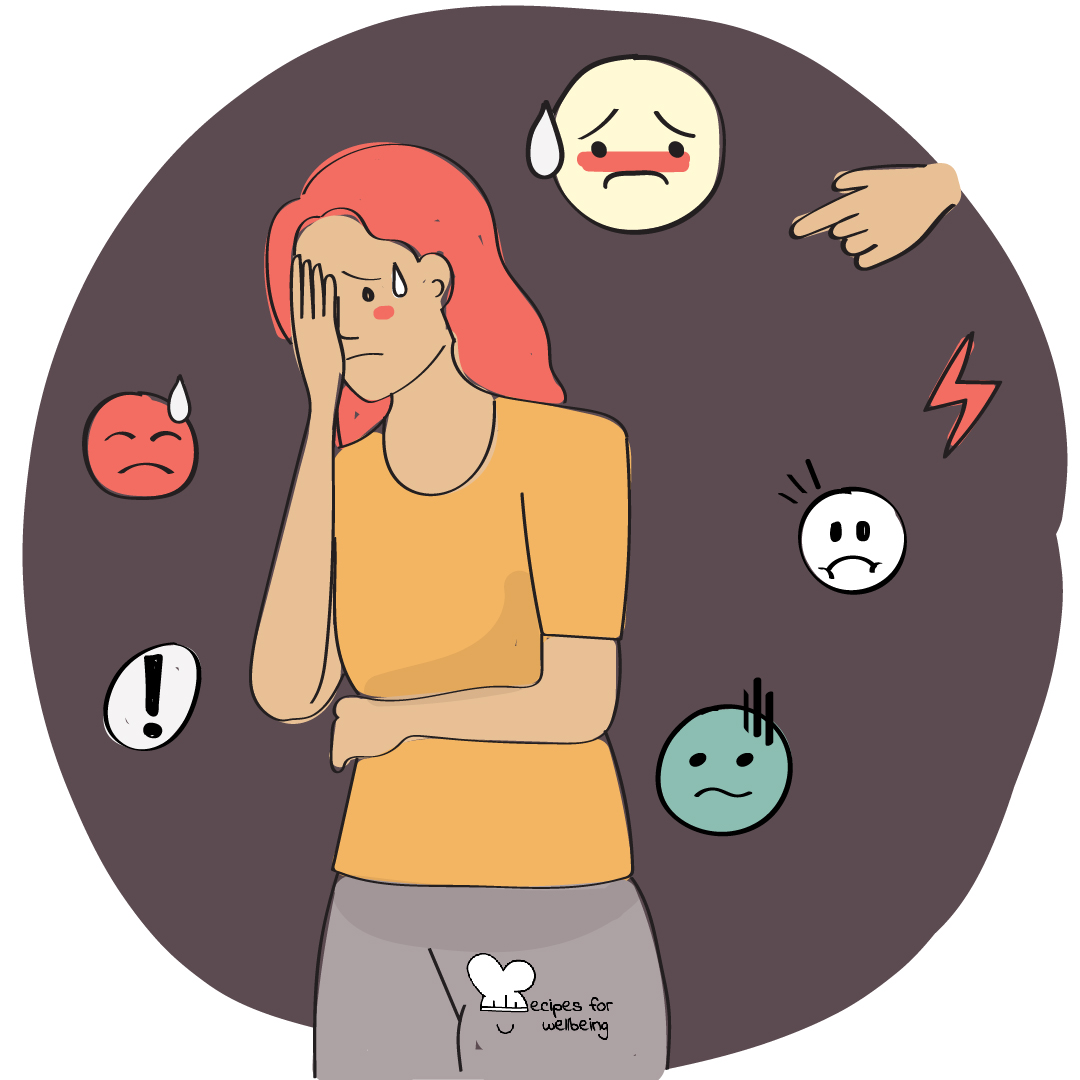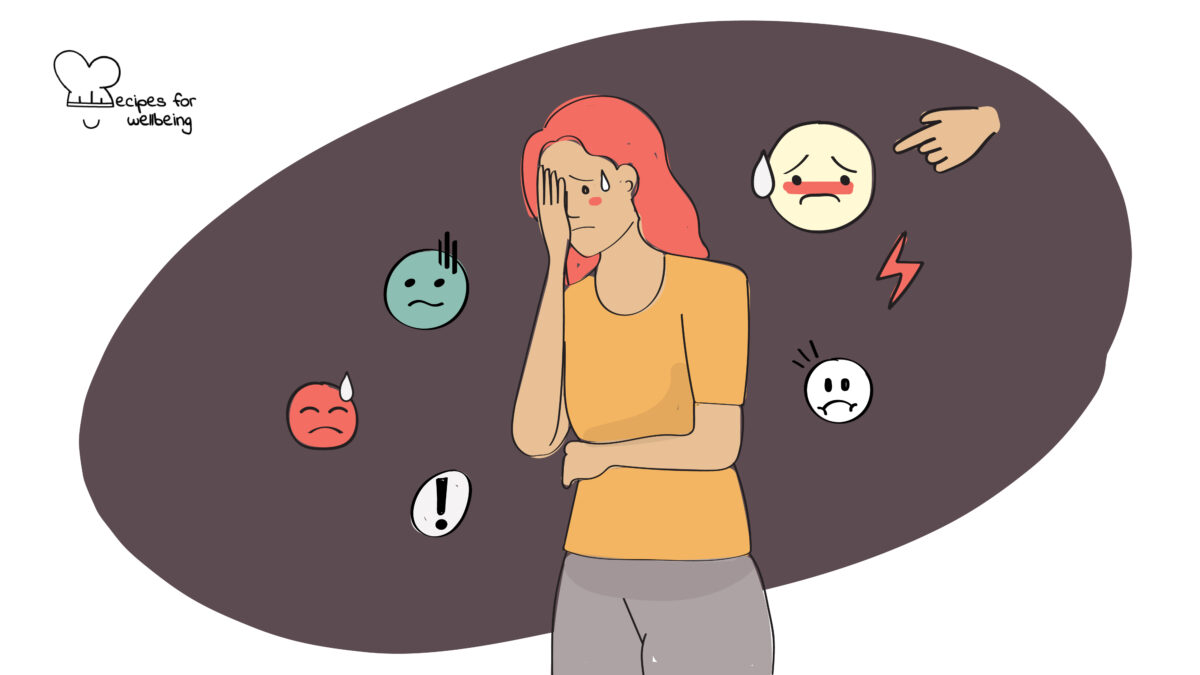
Dealing with shame
Shame is the warm feeling that washes over us, making us feel small, flawed, and never good enough. ―Brené Brown
👥 Serves: 1 person
🎚 Difficulty: Medium
⏳ Total time: 1-10 minutes
🥣 Ingredients: A quiet place with no distractions
🤓 Wholebeing Domains: Awareness, Discomfortability, Positive Emotion
💪 Wholebeing Skills: Acceptance, Breathing, Compassion, Dealing with shame, Gratitude, Letting go, Non-judgement, Perspective, Reframing

Dealing with shame
📝 Description
A mindfulness exercise to deal with shame.
As we explained in our recipe “Healing communication”, shame is one of trauma’s main accomplices. In Trauma – The invisible epidemic, Paul Conti, MD points out that shame and trauma influence each other. When shame is in play, it becomes harder to look after yourself. Shame tells you that it was your fault, that there is no point in speaking up because nobody would believe you, that you are ungrateful because other people have it worse, etc. It can cripple your self-worth and make you withdraw from life.
The following activity guides you through a short mindfulness practice to experience the feeling of shame without letting this feeling impact your sense of worth.
👣 Steps
Step 1 – Preparation (30’’)
Start by finding a comfortable seat and closing your eyes, or lowering your gaze if you prefer.
Step 2 – Focus on the breath (30’’)
Focus your awareness on your body breathing, slowly deepening your breaths. Follow each inhale and exhale.
Step 3 – Feel shame (1’)
Now bring to mind a shameful experience, one that is not too strong for you. Choose something easy that you can work with, perhaps a situation where you thought: “Should I have not said that?” or “Should I have done that?” Feel the physical sensations of this experience. What do you feel? Heat in the body? Sweaty hands?
Step 4 – Uncover self-talk (1’)
Notice what your mind starts to say about you. Self-doubt? Self-criticism? You are not trying to change what you are experiencing, but simply noticing what is present.
Step 5 – Learn from shame (1’)
Shame, like other emotions, is trying to share a cue towards something that needs your attention. Can you shift your awareness from your inner critical thoughts to noticing the innocent message of shame that doesn’t have anything to do with your inherent worthiness as a human being? What is your shame really telling you? Can you be grateful for the physical sensations of shame and the awareness it is attempting to bring, not the self-critical thought?
Step 6 – Sit in gratitude (1’)
Take a moment to appreciate the work you have done. And when you are ready, gently open your eyes.

